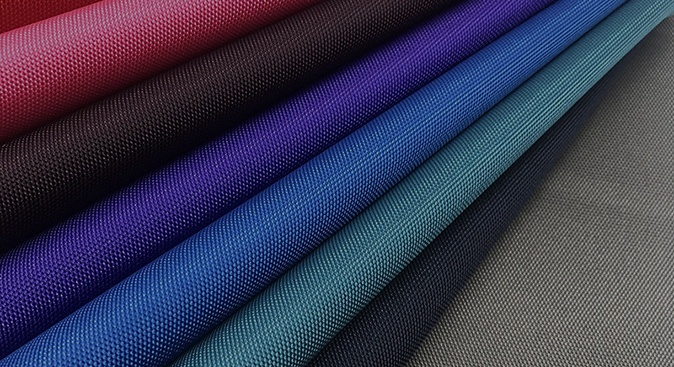Many people will not be able to distinguish the meaning and difference between Oxford fabrics 420D, 600D, and 1680D. This article will tell you how to distinguish the density of Oxford fabrics and their applications.
Types:
- 190T Oxford Fabric
- 210D Oxford Fabric
- 300D Oxford Fabric
- 420D Oxford Fabric
- 600D Oxford Fabric
- 900D Oxford Fabric
- 1200D Oxford Fabric
- 1680D Oxford Fabric
Applications:
- Bags
- Luggage
- Tents
Introduction
A Brief Overview of Oxford Fabric
When it comes to manufacturing bags, luggage, and tents, one of the most important materials used is Oxford fabric. This durable and versatile fabric is commonly used in the production of outdoor gear because of its excellent performance and ability to withstand tough conditions. In this article, we will explore the different types of Oxford fabric and their various applications.
Importance of Oxford Fabric in Bag, Luggage, and Tent Manufacturing
This article aims to provide a brief overview of Oxford fabric and its importance in manufacturing products such as bags, luggage, and tents. Oxford fabric is a commonly used textile made by weaving warp and weft threads in a crosshatch pattern, resulting in a unique flat texture. Due to its sturdy, durable, waterproof, and stain-resistant properties, Oxford fabric is widely used in outdoor gear manufacturing.
Using Oxford fabric in the production of bags, luggage, and tents can increase their durability and resistance to wear and tear, making them ideal for outdoor use. Additionally, the fabric’s water-resistant properties can keep the contents of the bags, luggage, and tents dry, protecting them from the elements.
Purpose of the Article
In conclusion, understanding the benefits of Oxford fabric in manufacturing outdoor gear is essential for manufacturers and consumers alike. By utilizing this durable and water-resistant material, products such as bags, luggage, and tents can withstand the elements and provide long-lasting functionality for outdoor enthusiasts.

Types of Oxford Fabric
420D Oxford Fabric
420D Oxford fabric is a lightweight and versatile material that is commonly used for backpacks, tote bags, and small outdoor gear. It has a denier of 420, which refers to the weight of the fabric per 9000 meters of thread. This type of fabric is relatively thin but still strong, making it ideal for applications that require flexibility and breathability. It is also affordable and easy to clean, making it a popular choice for everyday use.
600D Oxford Fabric
600D Oxford fabric is a heavier and more durable material than 420D fabric, with a denier of 600. This type of fabric is commonly used for larger backpacks, duffel bags, and outdoor gear that require more strength and abrasion resistance. 600D fabric is also water-resistant, making it ideal for applications where moisture is a concern. It is slightly more expensive than 420D fabric but offers greater durability and longevity.
900D Oxford Fabric
900D Oxford fabric is a heavyweight material that is commonly used for industrial and heavy-duty applications. It has a denier of 900, making it one of the strongest types of Oxford fabric available. This type of fabric is commonly used for luggage, tarpaulins, and covers that require high strength and resistance to wear and tear. 900D fabric is also water-resistant and UV-resistant, making it ideal for outdoor applications.
1200D Oxford Fabric
1200D Oxford fabric is an ultra-heavyweight material that is commonly used for military and industrial applications. It has a denier of 1200, making it one of the strongest and most durable types of Oxford fabric available. This type of fabric is commonly used for heavy-duty backpacks, military gear, and tactical vests that require maximum strength and abrasion resistance. It is also water-resistant and flame-retardant, making it ideal for extreme environments.
1680D Oxford Fabric
1680D Oxford fabric is the heaviest and strongest type of Oxford fabric available, with a denier of 1680. This type of fabric is commonly used for extreme industrial applications, such as heavy-duty covers and tarpaulins. It is also used for high-end luggage and backpacks that require maximum durability and resistance to wear and tear. 1680D fabric is water-resistant, UV-resistant, and flame-retardant, making it ideal for applications in harsh environments.
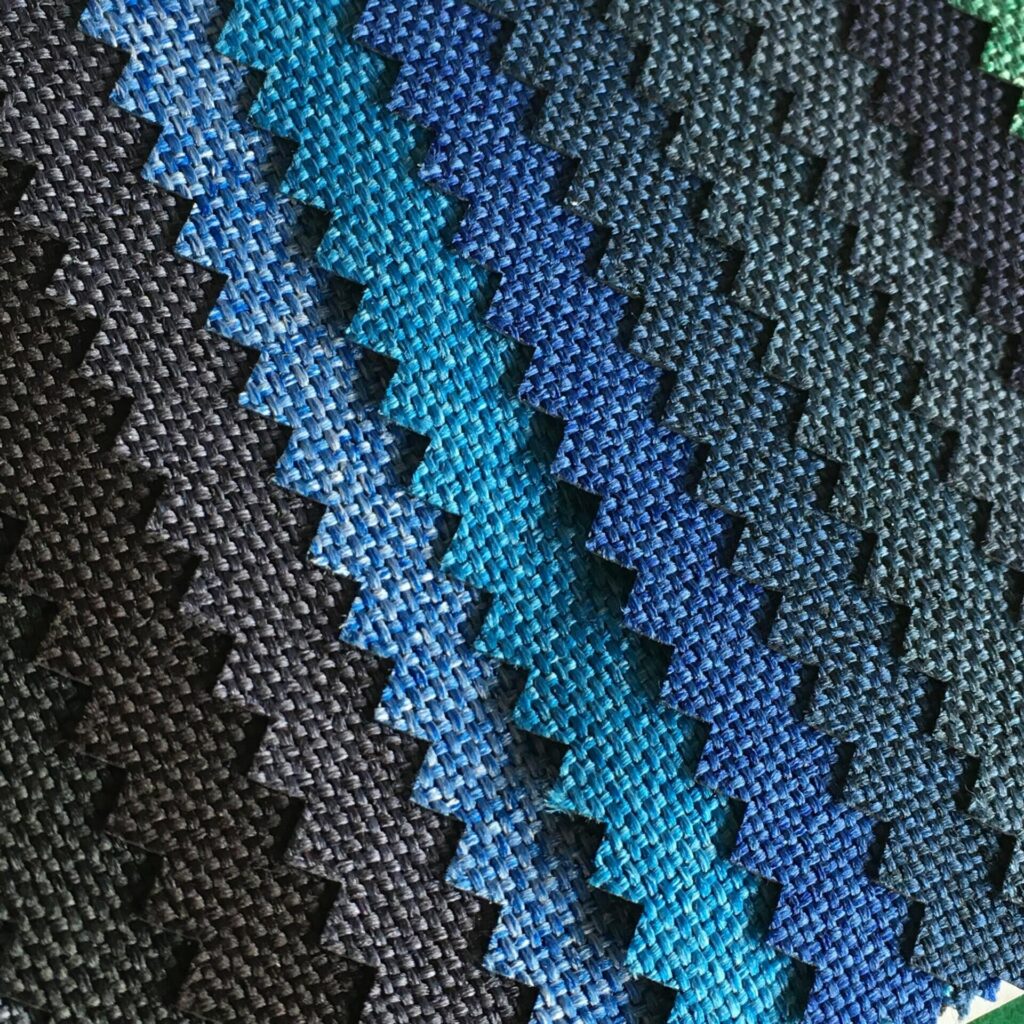
Features of Each Type of Oxford Fabric
Durability
Durability is one of the most notable characteristics of Oxford fabric, which is why it is a popular choice for outdoor gear such as bags, luggage, and tents. Oxford fabric is made with a tight weave and is known for its strength and durability, even when exposed to wear and tear. The different types of Oxford fabric have varying levels of durability, with higher denier fabrics being more durable than lower denier fabrics. Denier refers to the weight of the fabric, and higher denier fabrics are generally thicker and stronger than lower denier fabrics.
Water resistance
Water resistance is another important feature of Oxford fabric. Due to its tight weave and coating, Oxford fabric is naturally water-resistant. However, the level of water resistance varies among the different types of Oxford fabric, with higher denier fabrics offering greater water resistance. It is important to note that while Oxford fabric is water-resistant, it is not completely waterproof, so additional waterproofing treatments may be necessary for certain applications.
Abrasion resistance
Abrasion resistance is another key characteristic of Oxford fabric. The tight weave and durable fibers of Oxford fabric make it highly resistant to abrasion, making it ideal for outdoor gear that is subject to a lot of wear and tear. Higher denier fabrics are more abrasion-resistant than lower denier fabrics and are therefore better suited for applications where durability is a top priority.
Weight capacity
Weight capacity is an important consideration when choosing Oxford fabric for outdoor gear. The weight capacity of Oxford fabric depends on its denier and the way it is woven. Higher denier fabrics can support heavier weight loads than lower denier fabrics. When choosing Oxford fabric for a specific application, it is important to consider the weight capacity needed for the product.
Texture
Texture is another characteristic of Oxford fabric that varies depending on the denier and the weaving pattern. Higher denier fabrics have a more pronounced texture than lower denier fabrics, which can affect the appearance and feel of the finished product. The texture of Oxford fabric can also affect its abrasion resistance and water resistance, so it is important to choose a fabric with the appropriate texture for the intended use.
Breathability
Breathability is not a strength of Oxford fabric. The tight weave of Oxford fabric and the coatings used to make it water-resistant can limit its ability to allow air to pass through. As a result, it may not be the best choice for applications where breathability is important, such as clothing.
However, there are some types of Oxford fabric that are designed to be more breathable than others. For example, some manufacturers may use a looser weave or a different type of coating to increase the breathability of their Oxford fabric. These fabrics may be more suitable for applications where breathability is a priority, but it is important to note that they may not be as durable or water-resistant as traditional Oxford fabric.
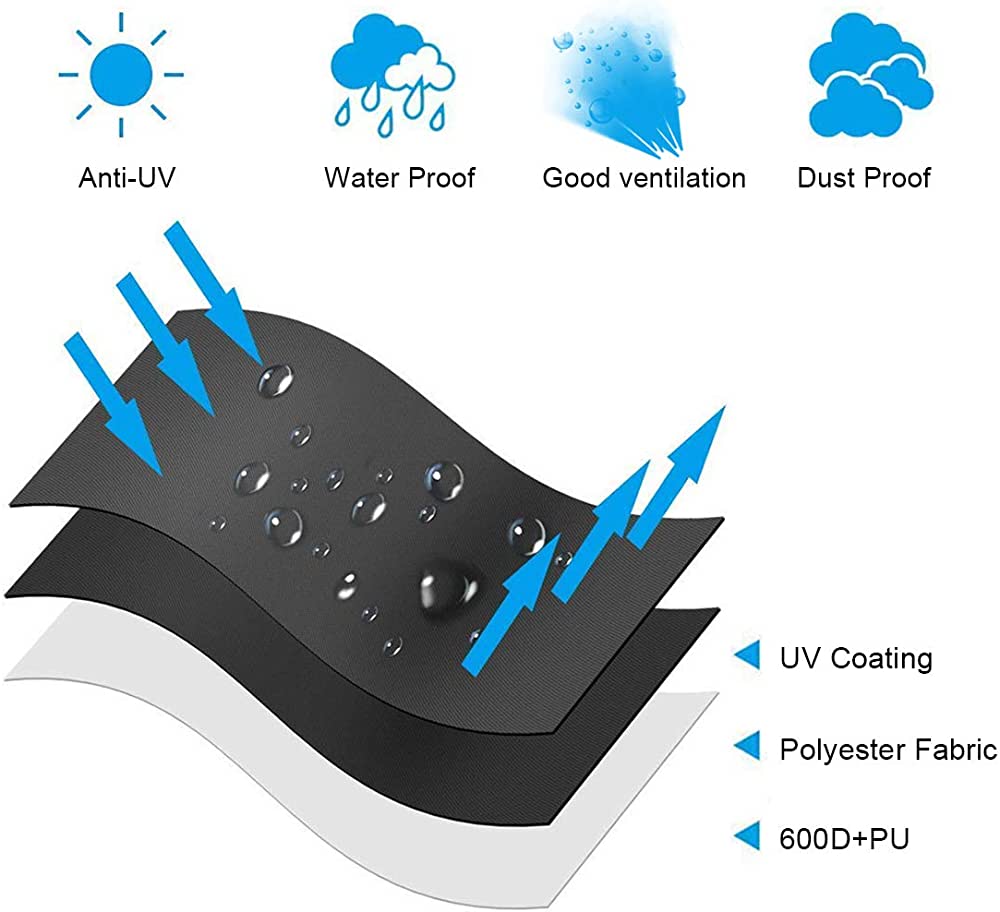
Applications of Each Type of Oxford Fabric
Bags:
600D Oxford fabric: This is a medium-weight fabric that is made from high-tenacity polyester yarns. It is commonly used for bags due to its strength, durability, and resistance to water and abrasion. 600D Oxford fabric is also available in different finishes, including PU (polyurethane) coating, PVC (polyvinyl chloride) coating, and silicone coating, which enhance its water resistance and durability.
420D Oxford fabric: This is a lighter-weight Oxford fabric that is also commonly used for bags. It is made from thinner, high-tenacity polyester yarns, which give it a softer feel than 600D Oxford fabric. 420D Oxford fabric is also available in different finishes, including PU coating, PVC coating, and silicone coating.
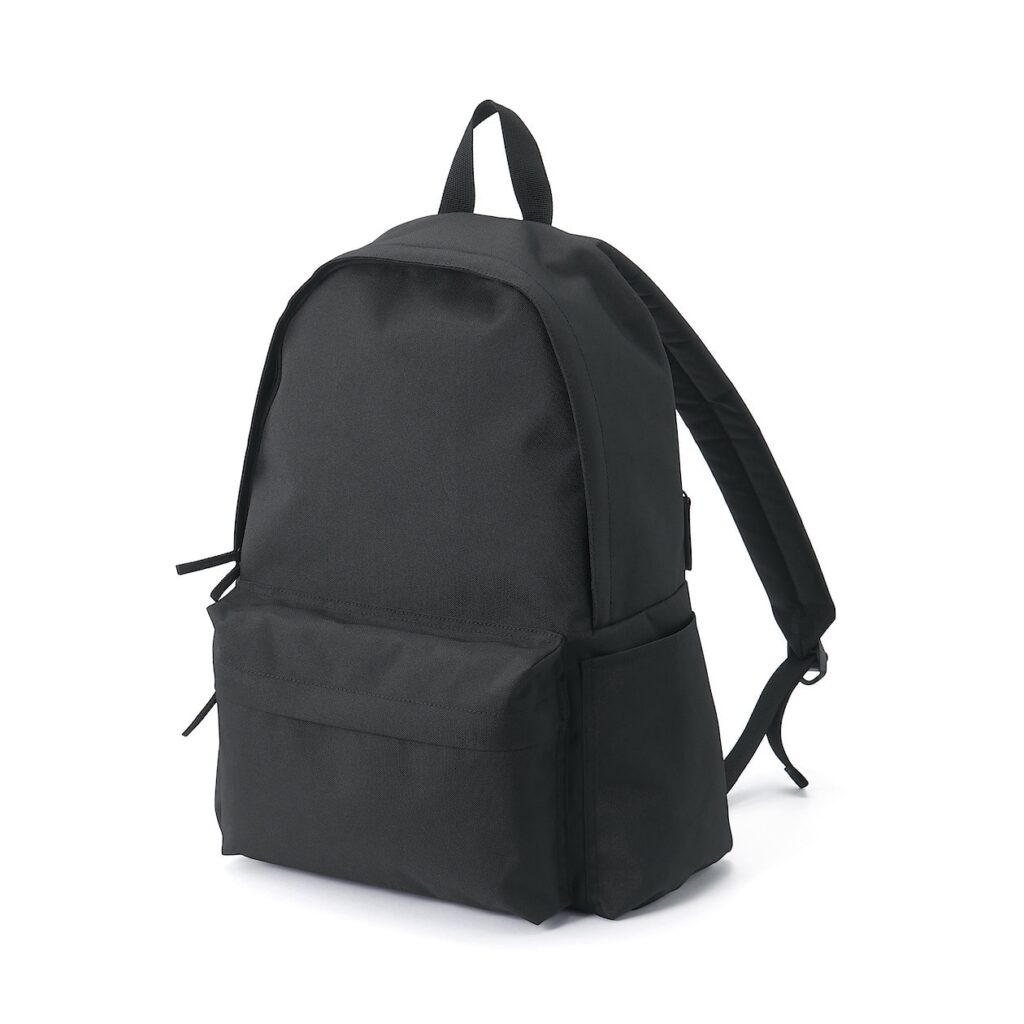
Luggage:
1680D Oxford fabric: This is a heavy-duty fabric that is made from thick, high-tenacity polyester yarns. It is known for its strength, durability, and resistance to wear and tear. 1680D Oxford fabric is also available in different finishes, including PU coating and PVC coating, which enhance its water resistance and durability. This type of Oxford fabric is commonly used for luggage, including suitcases, rolling bags, and travel bags.
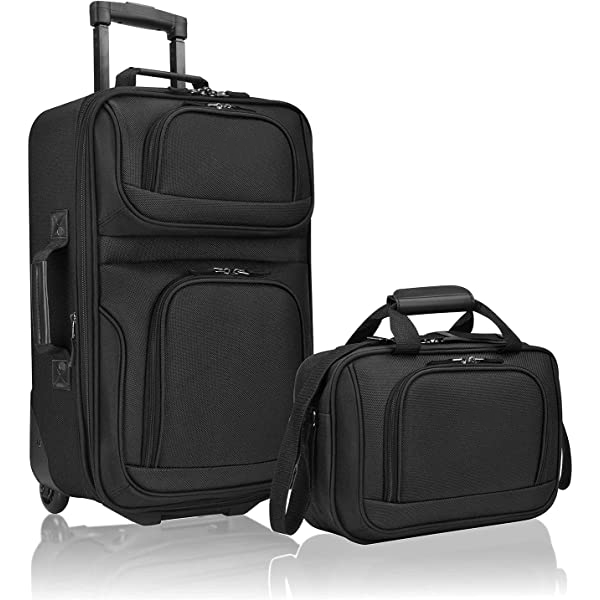
Tents:
210D Oxford fabric: This is a lightweight fabric that is made from high-tenacity polyester yarns. It is known for its waterproof properties and resistance to abrasion and tearing. 210D Oxford fabric is also available in different finishes, including PU coating and silicone coating, which enhance its water resistance and durability. This type of Oxford fabric is commonly used for backpacking tents, camping tents, and outdoor shelters.
300D Oxford fabric: This is another lightweight fabric that is commonly used for tents. It is made from high-tenacity polyester yarns and is known for its durability, strength, and resistance to water and abrasion. 300D Oxford fabric is also available in different finishes, including PU coating and PVC coating, which enhance its water resistance and durability.
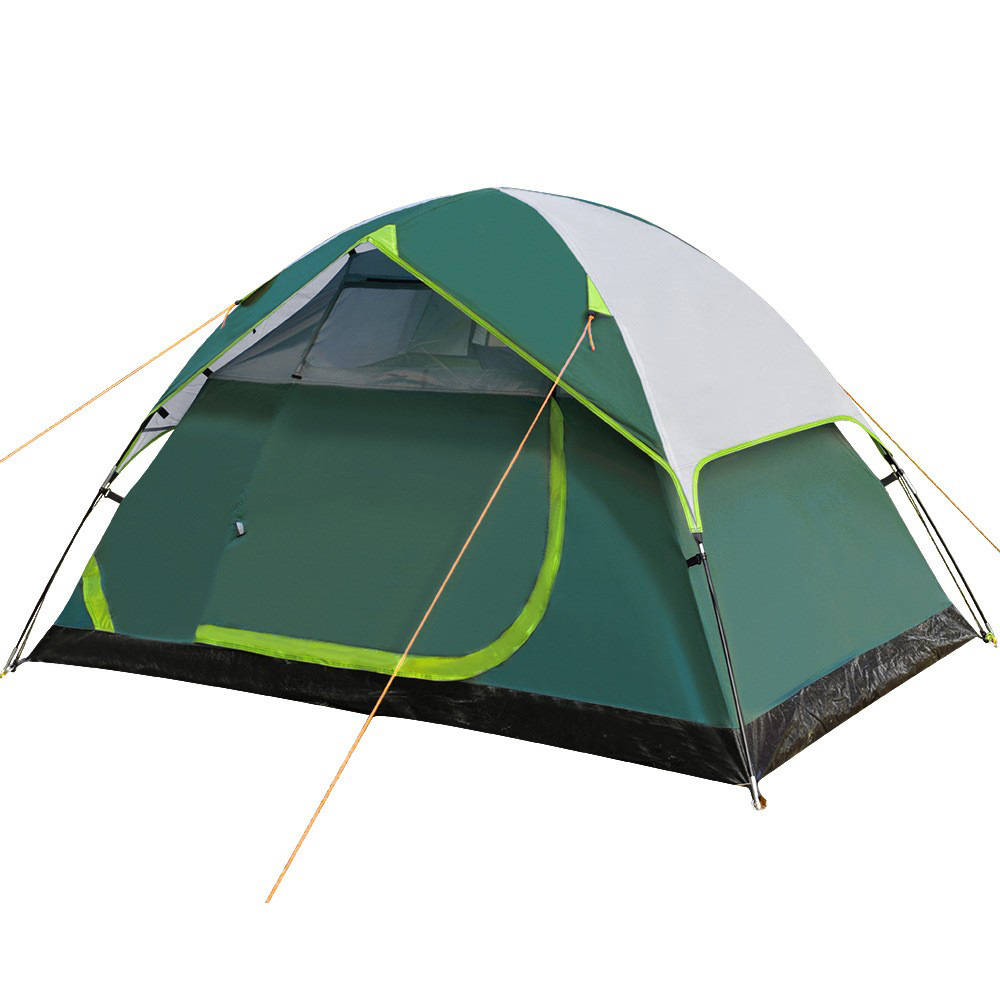
Overall, Oxford fabric is a versatile textile that is suitable for a wide range of applications, from bags and luggage to tents and outdoor gear. The specific type of Oxford fabric used will depend on the application and the desired properties, such as weight, strength, durability, and water resistance.
Factors to Consider When Choosing Oxford Fabric for Bags, Luggage, and Tents
When choosing Oxford fabric for bags, luggage, and tents, there are several factors that you should consider. These include:
Intended Use: The intended use of the fabric is important when selecting the appropriate Oxford fabric. For example, if you plan to use fabric for outdoor tents, you need a durable and waterproof fabric that can withstand harsh weather conditions. If you are making bags or luggage, you may require a fabric that is lightweight, durable, and resistant to wear and tear.
Climate: The climate in which the fabric will be used is also an important factor to consider. For example, if you plan to use the fabric in a cold or wet climate, you may need a fabric that is waterproof and has thermal properties. On the other hand, if you plan to use the fabric in a hot climate, you may need a fabric that is lightweight and breathable.
Weight Capacity: The weight capacity of the fabric is also important, especially if you are making bags or luggage. You need to select a fabric that can support the weight of the items you intend to carry without tearing or breaking.
Budget: The cost of the fabric is also a key consideration. You need to select a fabric that is within your budget while still meeting your requirements in terms of durability, weight, and climate suitability.
Overall, when selecting Oxford fabric for bags, luggage, and tents, you need to choose a fabric that is suitable for your specific needs, and that will provide the desired level of comfort, durability, and functionality.
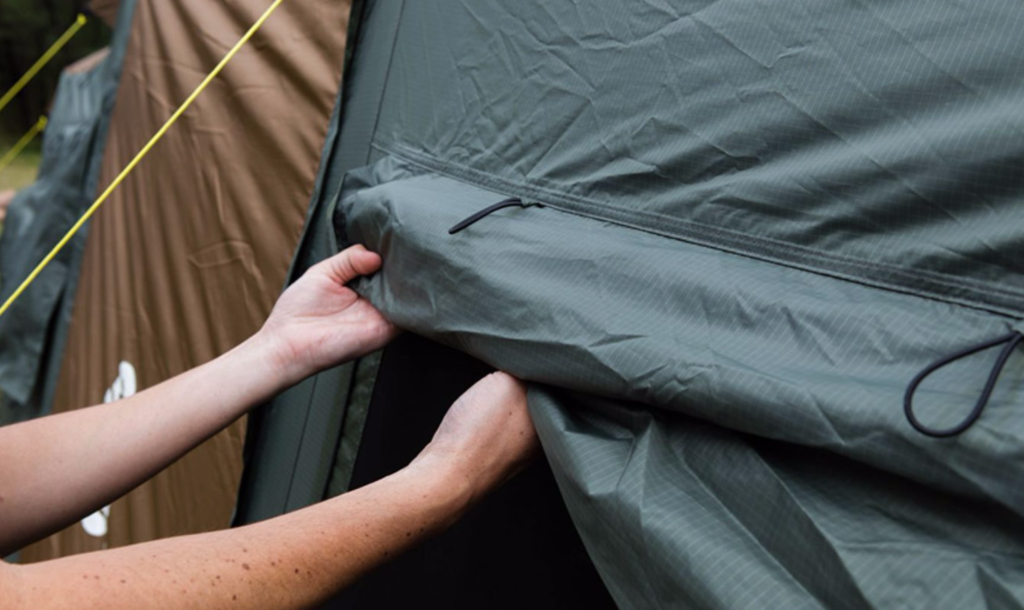
Care and Maintenance of Oxford Fabric
Oxford fabric is a durable and versatile fabric that is commonly used for bags, luggage, and outdoor gear. Proper care and maintenance of Oxford fabric can help to prolong its lifespan and maintain its appearance. Here are some tips for washing and drying, storage, and repairing Oxford fabric:
Washing and Drying: Oxford fabric can be washed in a washing machine using a gentle cycle and cold water. Avoid using hot water, bleach, or fabric softeners as these can damage the fabric. Hang the fabric to dry or use a low heat setting on your dryer. Avoid high heat settings as they can cause the fabric to shrink or become damaged.
Storage: When storing Oxford fabric, it’s important to keep it in a cool, dry place away from direct sunlight. Avoid storing the fabric in damp or humid areas as this can promote the growth of mold and mildew. If possible, store the fabric in a breathable fabric bag or wrap it in acid-free tissue paper to prevent creases and wrinkles.
Repairing: If your Oxford fabric gets ripped or torn, it’s important to repair it as soon as possible to prevent the damage from getting worse. To repair the fabric, use a strong and durable thread and a sewing machine or hand-stitch the fabric. Be sure to match the color and weave of the fabric as closely as possible to ensure a seamless repair.
In addition to these tips, it’s important to follow the manufacturer’s instructions for care and maintenance of your specific Oxford fabric product. With proper care, Oxford fabric can last for many years and provide you with reliable and durable performance.
Conclusion
When it comes to choosing the right Oxford fabric for bags, luggage, and tents, it is important to consider the specific needs of the product. For example, if you are manufacturing a lightweight backpack for day trips, you may want to choose a lighter weight fabric, such as 210D Oxford fabric. However, if you are manufacturing a heavy-duty backpack for extended trips, you may want to opt for a heavier fabric, such as 600D Oxford fabric.
In conclusion, Oxford fabric is a versatile and durable material that is commonly used in the manufacturing of bags, luggage, and tents. There are several types of Oxford fabric available, each with its own unique characteristics and applications. Choosing the right Oxford fabric is important to ensure that the product is strong and durable enough to meet the intended use.



